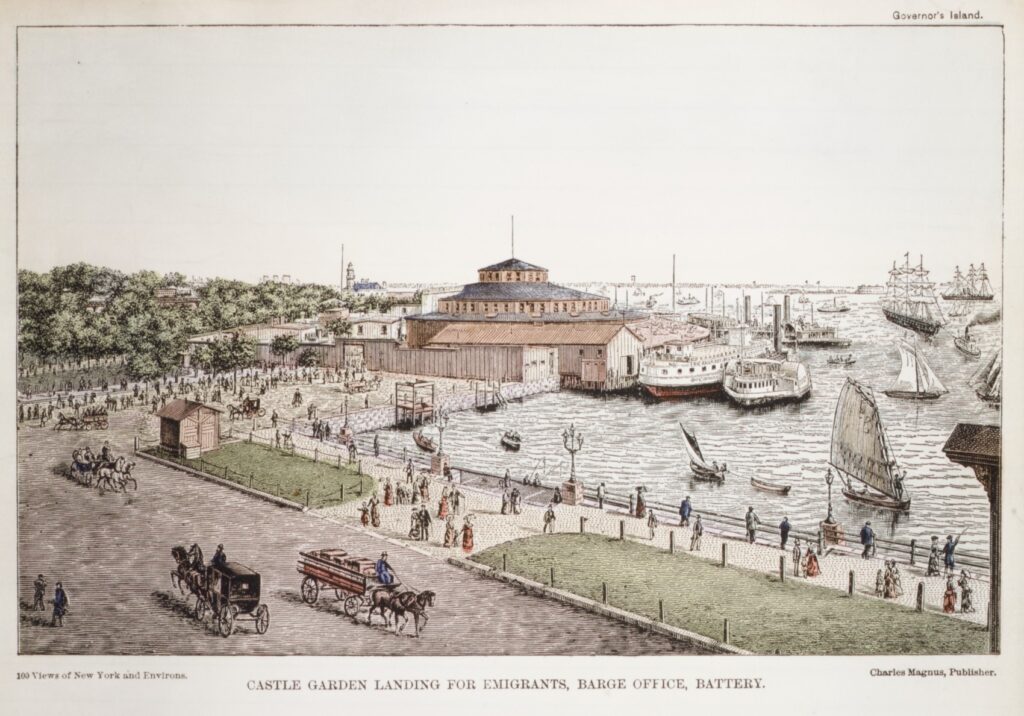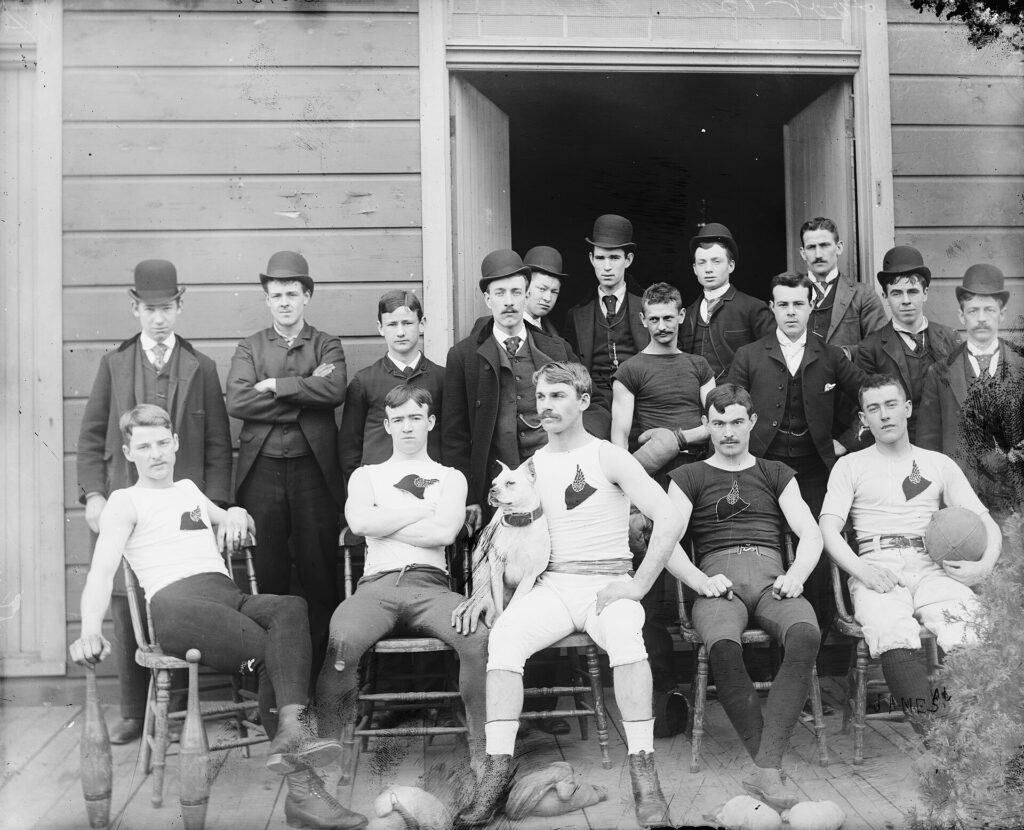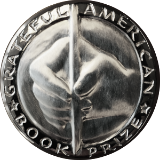August 1 — August 31, 2025
History Matters
Showing our children that their past is prelude to their future, with book recommendations
Castle Garden, New York, Opens, August 1855
In the eighteenth and nineteenth centuries, New York’s Ellis Island was a usual port of entry for immigrants into the United States, but it was not the first. In 1807—Fort Clinton or Castle Clinton—built in honor of New York’s governor DeWitt Clinton—had been constructed on a rocky peninsula just off Manhattan’s lower to repel a possible British invasion, but, after its military purpose became obsolete, it was sold privately, renamed Castle Clinton, and converted into a public entertainment venue.
Then, on August 1, 1855, the State acquired the parcel to receive a burgeoning wave of immigrants from Europe, who were being dumped onto the city’s piers.
The newcomers flowed in during Ireland’s Great Famine (1846-1852); Germany, and in the midst of the 1848 revolutions in Central Europe; thousands of impoverished Jewish people were also processed by stern-faced state inspectors who inquired about their health; robbed, dumped, and swindled them before they could start new lives. Even so, during the next three-and-a half-decades, Castle Garden primed and prepared approximately eight million refugees, who profoundly transformed the United States, before it was replaced by Ellis Island in the 1880s.
For more information about Castle Garden and its role as an immigration center, the Grateful American Book Prize recommends Barry Moreno’s Castle Garden and Battery Park (2007).

The First American Football Player Turns Professional, August 1895
America’s Pro Football Hall of Fame started after the first rules were codified in 1876. Walter Camp, the “Father of Football,” popularized it, and transformed an ordinary rugby-like activity into a national pastime that captivated colleges, local and county clubs throughout the country. By the 1880s and 1890s the very first players were scooped up into profitable one-off deals.
Young John Brallier of Cherry Tree, Pennsylvania, started his football career as a teenager, emerged into a formidable halfback at the West Indiana Public High School; a quarterback at the Normal football Club, and—then—obtained an eventual 1895 opportunity to play for Washington & Jefferson College. Not so far away at the Latrobe YMCA, Brallier relinquished his place at “Washington,” to play at Latrobe; it provided his expenses, and a fee of $10 per game. In the next years, Brallier juggled the orbs of college, professional football, and attended the medical college of Washington & Jefferson.
For more information, the Grateful American Book Prize recommends Timothy P. Brown’s How Football Became Football: 150 Years of the Game’s Evolution (2020).

Ed Lengel is an author, a speaker, and a storyteller.
History Matters is a feature courtesy of the Grateful American Book Prize, an annual award for high quality, 7th to 9th grade-level books dealing with important events and personalities in American history.




